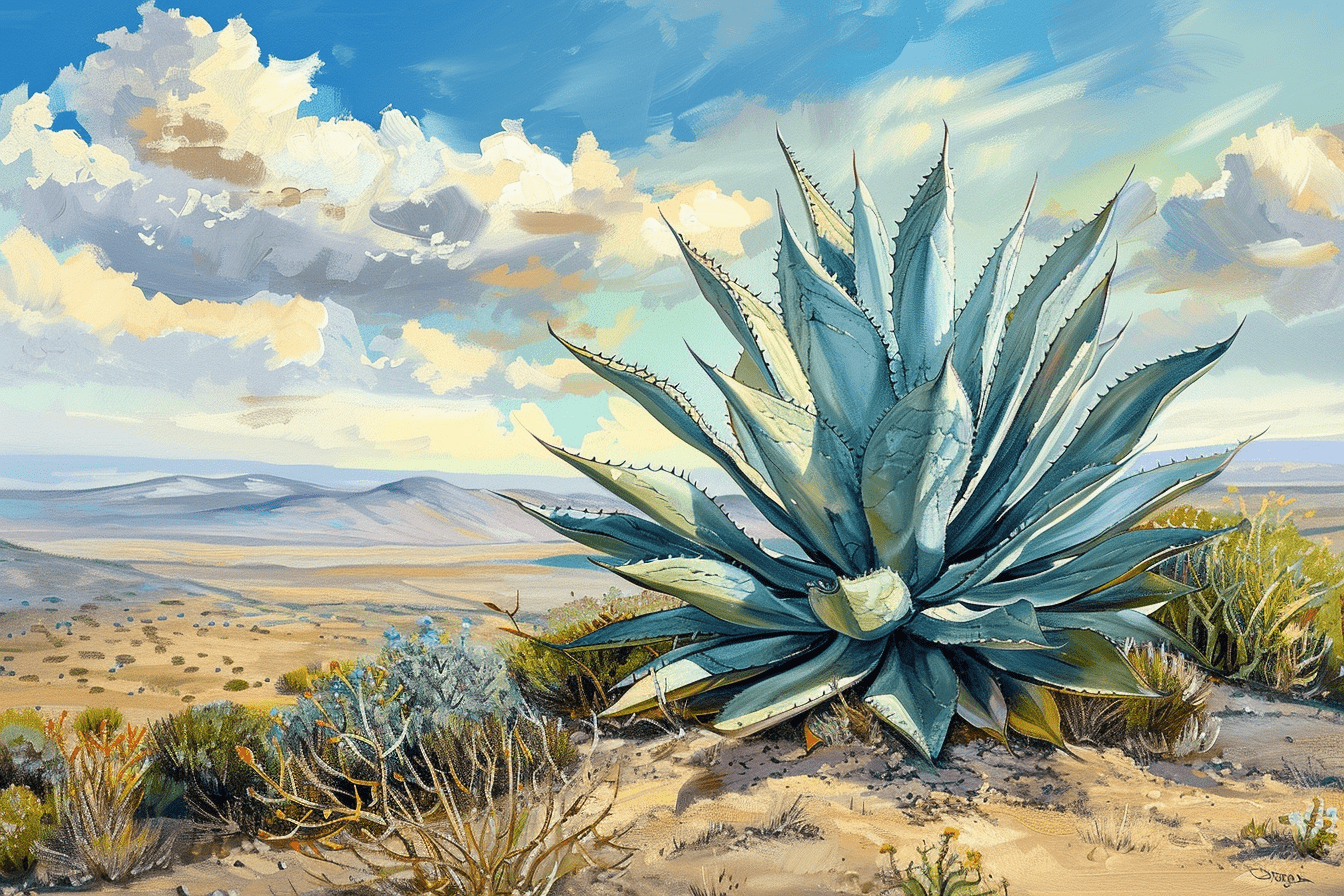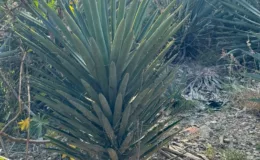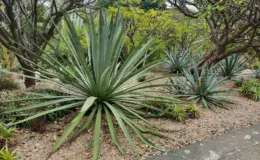Jabalí mezcal is a type of mezcal, crafted from the Agave convallis plant, known commonly as Jabalí, which translates to “wild boar” in Spanish. Only about 1% of all produced mezcal comes from the Jabalí maguey.
This plant is smaller and more compact than the more commonly used Agave angustifolia (Espadín), with a distinct rosette of thick, spiky leaves.
Due to its rarity, maturity time (12-15 years) and the complicated production process, Jabalí mezcal tends to be on the higher end of the price spectrum. It would be a challenge to find a good bottle under $80 in the US, with many expressions ranging at $100 and beyond.
Jabalí Fact Sheet
- Maturity Time: 12 – 15 years
- Area: Different regions of central and Southern Mexico, rocky terrains
- Height: 1 – 1.5m (3.5-5ft)
- Elevation: 1,000 – 2,000m (3,300-6,500ft) above sea level
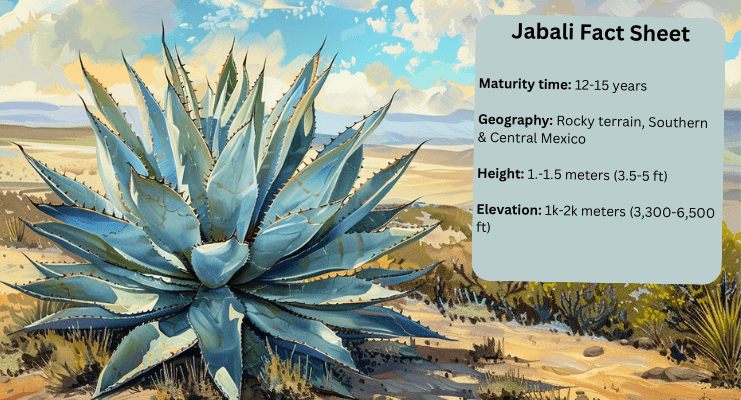
Best Jabalí Mezcal: Team Favorites
You want to buy a nice mezcal Jabalí, but don’t want to invest more than $100 and be disappointed with your purchase. We got you. Here are 5 of our team favorites when it comes to Jabalí.
Best Jabalí Mezcal
El Jolgorio – $155USD
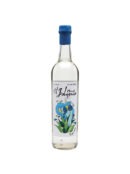
| Maguey | Tepeztate |
| Type | Joven |
| State | Oaxaca |
Solid Jabalí Mezcals
Yuu Baal – $170USD
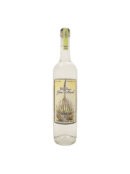
| Maguey | Jabali |
| Type | Joven |
| State | Oaxaca |
5 Sentidos – $125USD
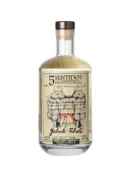
| Maguey | Jabali, Tobala |
| Type | Ensamble |
| State |
Rey Campero – $120USD
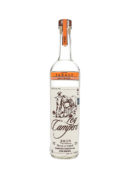
| Maguey | Jabali |
| Type | Joven |
| State | Oaxaca |
Affordable but good, Jabalí Mezcals under $100
Del Maguey – $80USD
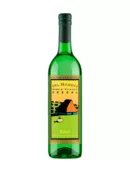
| Maguey | Jabali |
| Type | Joven |
| State | Oaxaca |
Buho $99
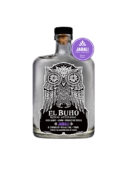
| Maguey | Jabali |
| Type | Joven |
| State | Oaxaca |
Why is Jabali mezcal called “Wild Boar”?
The reason for this rather unusual name for a plant lies in the shape of its leaves. They can curve and point downwards like the tusks of a wild boar. Unlike the more common Espadín agave used in many mezcals, Jabalí is a wild agave and therefore much rarer to find.
Why is Jabalí so expensive?
You might have noticed that Jabalí mezcals are more expensive than some other varieties. The reasons for that are:
Production difficulty: Jabalí mezcal stands out for its complex production process. The agave convallis is notoriously difficult to work with, primarily due to its dense, hard fibers and its propensity to cause fermentation issues.
Extra distillation: Jabalí mezcals often go through a third distillation. Most other mezcals only need two.
Low yield: The yield of the jabalí maguey is comparably low: on average, it takes about 100 pounds of agave to produce a single bottle of mezcal.
Slow maturation: It takes up to 15 years until the plant matures and mezcaleros can harvest its piña.
Jabalí Tasting Notes
Jabalí mezcal is renowned for its intricate flavor profile and aromatic complexity. Here are some tasting notes typically associated with Jabalí mezcal:
Aroma: Expect a vibrant bouquet of scents ranging from floral and fruity to herbal and earthy tones. There may be hints of citrus, pine, and a subtle smokiness that mezcal is famous for.
Flavor: Jabalí mezcal often offers a spicy yet sweet character. Notes of tropical fruits, herbs, and a distinct minerality are often present, alongside a peppery finish that adds depth and excitement to the palate.

